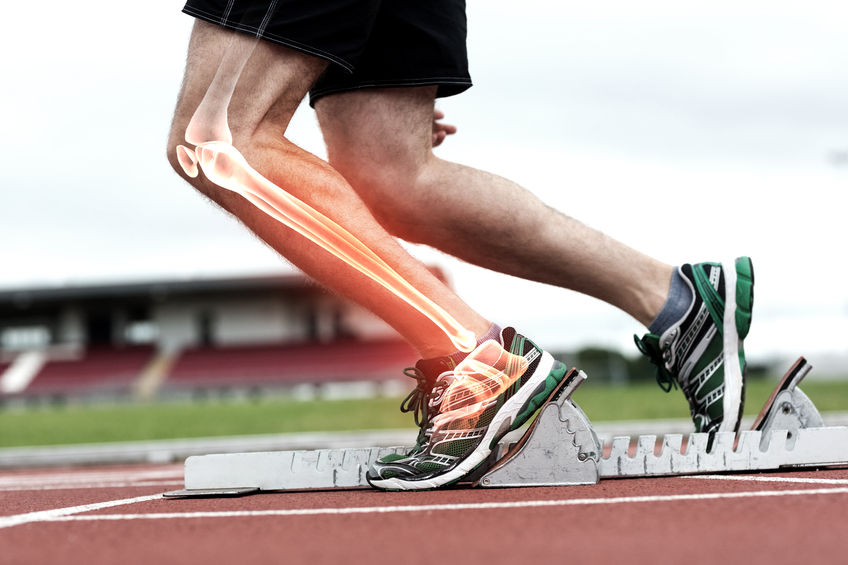This test is run by .
Note that your final mark will not be saved in the system.
Note that your final mark will not be saved in the system.
A3 Joints GapFill
Target Level
Pass
Running Total
0
0%
Attempt
1 of 3
You must fill all the gaps before clicking ‘Check Answers!’

Synovial joints are the primary joint type used in sporting actions, due to their characteristic of being . They are formed by at least two bones, known as articulating bones, and contain many structures with various functions that aid their use in sporting actions.
Components of synovial joints:
- Joint – This is the structure that covers the entire joint and maintains the various internal structures.
- – This is a fluid-filled sac that articulating bones to prevent friction. It is lined with synovial fluid, which is released by the synovial to the joint, further preventing friction between articulating bones.
- – This is a fibrous connective tissue attached between articulating bones at a joint to the joint and reduce the risk of dislocation.
- – This is a smooth, elastic tissue located on the end surface of articulating bones surrounding a joint to provide padding, which adds to the prevention of friction at a synovial joint.